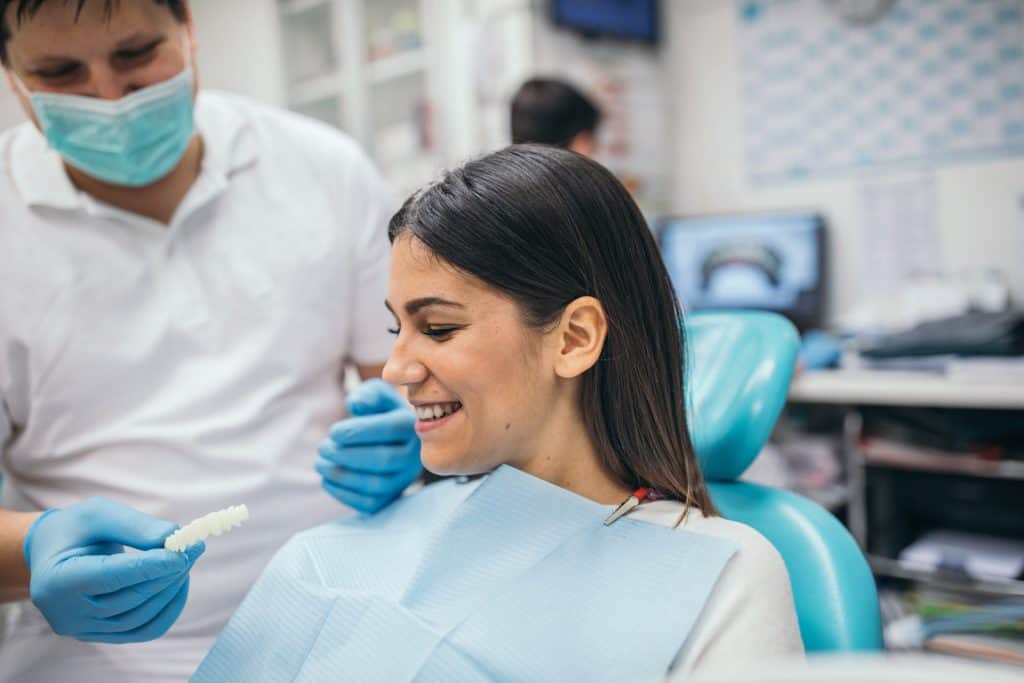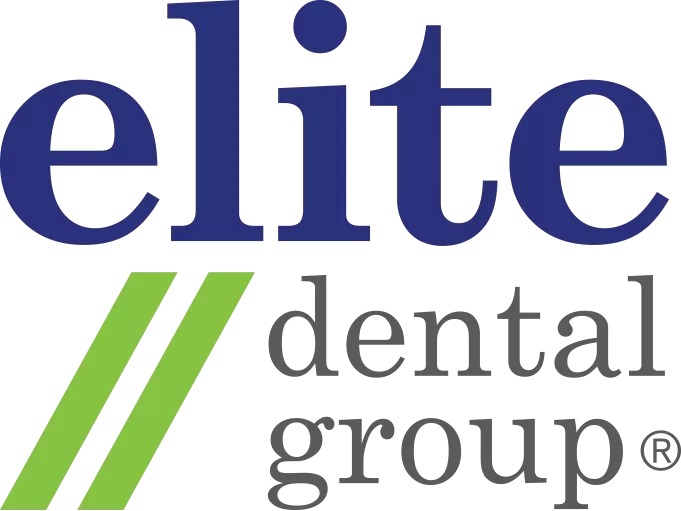
Just like any other types of dental work, dental implants will require maintenance. Maintenance is crucial for the longevity of the implant. It also ensures the continued health of the other teeth and the mouth in general.
Why Do I Need To Do Follow Up Visits For My Dental Implants
The first year after surgery is the most crucial for recovery. The osseointegration process can take up to 12 months to complete. It’s also when your gums are most susceptible to infection. Implant failure is far more frequent during this time than at any other point after the first year.
Maintenance is also important in preventing the primary causes of tooth loss (that resulted in the need for the dental implant to begin with) which are gum disease and tooth decay.
Some patients with a history of tooth grinding (nocturnal bruxism) may be at increased risk of the fixture screw, the implant crown, or the implant itself. It is likely that your dentist will provide a bite guard that you have to wear at night to prevent this from happening.
What Maintenance and Aftercare of Dental Implants Include
Following the procedure, it will be your obligation to maintain appropriate dental hygiene on a daily basis to ensure the long-term health of your implants.
To avoid complications, you must commit to maintaining your implants, and keep your teeth and mouth healthy, just as you would with natural teeth. This will include trips to the hygienist on a regular basis.
During maintenance visits, the condition of your bite guard will be checked to ensure it functions properly. Maintenance visits are also an opportunity for the dentist to check for potential problems early. Getting a dental implant or any other dental treatment without a maintenance plan in place is akin to getting a car and driving it around without insurance or safety measures in place.
In post-surgical care, taking an X-ray of the jaw of the patient is a common practice. Over the course of the first-year after placement, the patient may receive more than one imaging session. The imaging allows for the examination of the bone, dental implants, and anatomical structures in the surrounding area.
Dental Implants Assessment In The First Six Weeks
Within the first two weeks of surgery, the first post-placement appointment is usually planned. Soft tissue healing progress is examined at this time. Infection is looked for in the hard tissue, soft tissue, and the implant.
Six weeks after the dental implants are implanted, a second appointment is planned. At this point, soft-tissue healing should be complete.
Assessment Every Three To Six Months Post Placement of Dental Implants
Patients are often scheduled for follow-up care every three to four months after the initial appointments. This involves keeping track of the osseointegration process as well as dental hygiene.
When necessary, procedures are evaluated and modified. The frequency of recommended follow-ups beyond the first year is determined by the status of the patient’s implants and overall dental health.
Bite Force Assessment
During the first year, dental professionals monitor for any sign of a patient biting down on the implant or implants with too much force. A bruxism diagnosis can lead to the necessitation of a mouth guard to protect the implant against damage or failure. For others, it’s critical to avoid chewing on the implant throughout the healing phase.
Dental Implants Long-Term Care
It is critical to look after your dental implants from the offset if you want them to last a long time. Dental implants should not be thought of as a solution that can be fit and forgotten about.
Good oral hygiene and regular check-ups are vital whether you have received an implant to replace one or numerous teeth. Implants that are neglected usually develop plaque and tartar, which can lead to sensitivity of the gums and eventually, gum disease.
If left untreated, peri-implantitis, a condition similar to periodontal disease around natural teeth, might develop. The disease can cause soreness, bleeding, overall pain and eventual bone loss around the dental implants site. However, detection can be spotted early on, which is why frequent check-ups and maintenance is so vital.
